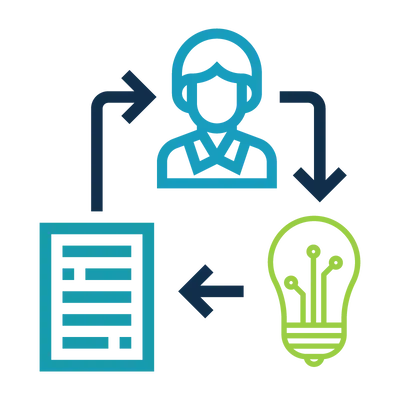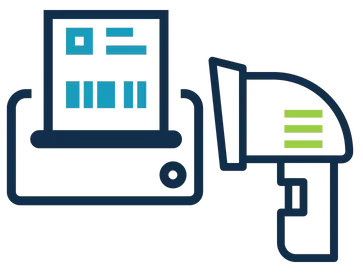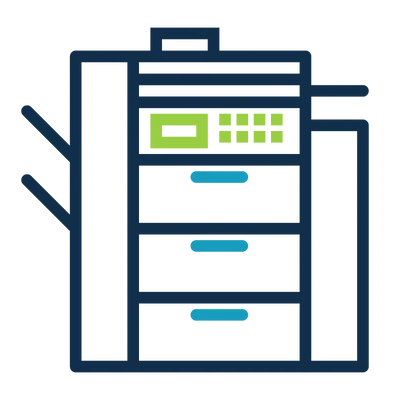3D, AR, VR and Digital Twin Solutions
Discover the benefits of using immersive and interactive 3D, VR and AR technologies in key processes in the automotive, manufacturing, aerospace, architecture, engineering, construction or tourism sectors.
What is real-time 3D technology?
Real-time 3D software allows entire 3D models, environments and virtual worlds to be digitally rendered instantly – a significant advantage over traditional content creation tools.
Once content is created, it can be viewed and used on mobile devices, computers, augmented reality (AR) and virtual reality (VR) devices and other platforms. Real-time 3D solutions offer end users a fundamentally more engaging and immersive experience than static, non-interactive content.
3D solutions are:
- Immersive, because the digital representation of reality is realistic and approaches the authenticity of our analog experience of reality.
- Interactive, because users have precise control over their experience, much like a video game.
Digital twins are:
- A digital twin is a dynamic virtual copy of a resource, process, system or physical environment that looks and behaves just like its real-world counterpart.
- These interactive digital twins of physical products offer opportunities to improve processes and workflows across the enterprise, from immersive training or use them for prototype reviews and simulations, among other uses.
Benefits of using 3D Solutions and Digital Twins
Manufacturing companies face a myriad of challenges: designs are becoming more complex, production times are getting tighter and buyers are becoming more selective, so technology has become an indispensable ally. Companies that use 3D solutions, virtual reality, augmented reality and digital twins are better able to meet these challenges. Research has revealed that these technologies provide access to the following benefits:
Cost savings, for example, by decreasing reliance on costly physical prototypes through virtual replication, and catching design and engineering errors at an earlier stage.
Shorter time to market by condensing research and development times, training automated systems in simulated environments, and other improvements.
Improved product margins by increasing workforce productivity, as well as optimizing their training by creating immersive training environments.
Development of new business opportunities thanks to the fact that a digital twin is optimized faster than a physical prototype and therefore provides a greater guarantee of success at a lower cost.
Increased customer and investor acquisition by making architectural previews in augmented and mixed reality.
Reduced construction time and costs, as well as risks and accidents through real-time management, control, monitoring and audits of construction projects.
Create new tourist experiences with immersive technologies, such as vacation tours and virtual guides in AR and VR.
Main uses of Digital Twins
- Operate and monitor: stay prepared and equipped to make data-driven decisions.
- Monitor and manage the operations of a facility, site or existing system through digital twins.
- Plan and optimize: identify potential problems, implement improvements and anticipate future operations based on visualized designs, digital representations, simulations, real-time data collection and IoT predictive maintenance.
- Train and coach: Lower risks and costs while improving workforce skills and information retention with immersive training, both on-site and remotely via digital models.
- Design and create: visualize an exact replica of designs before creating physical prototypes to improve safety, reduce environmental impact, lower costs, and increase customer engagement and interactivity.
3D Solutions, Virtual Reality, Augmented Reality, and Digital Twins
Main uses in the industrial sector of 3D, AR, VR and digital twins solutions.
There are all kinds of applications for 3D software, virtual reality and augmented reality and digital twins, manufacturing, construction and tourism companies that have adopted this technology apply it in more than eight different use cases, on average, according to a Forrester Consulting study commissioned by Unity and published in March 2020.
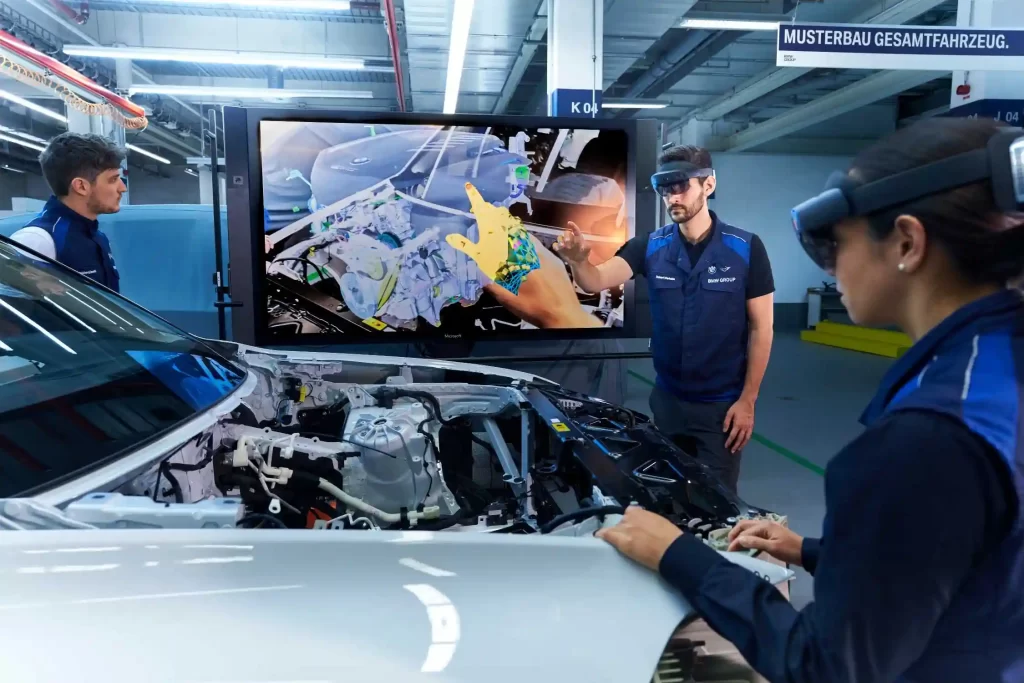
Industrial Sector
Common use cases: Training, simulation, monitoring and control.
Benefits: General improvement in training processes, reduction of risks and accidents, optimization of acquired knowledge, productivity increase, reduction of time to market, reduction of costs derived from personnel turnover, identification of failures and inefficiencies.
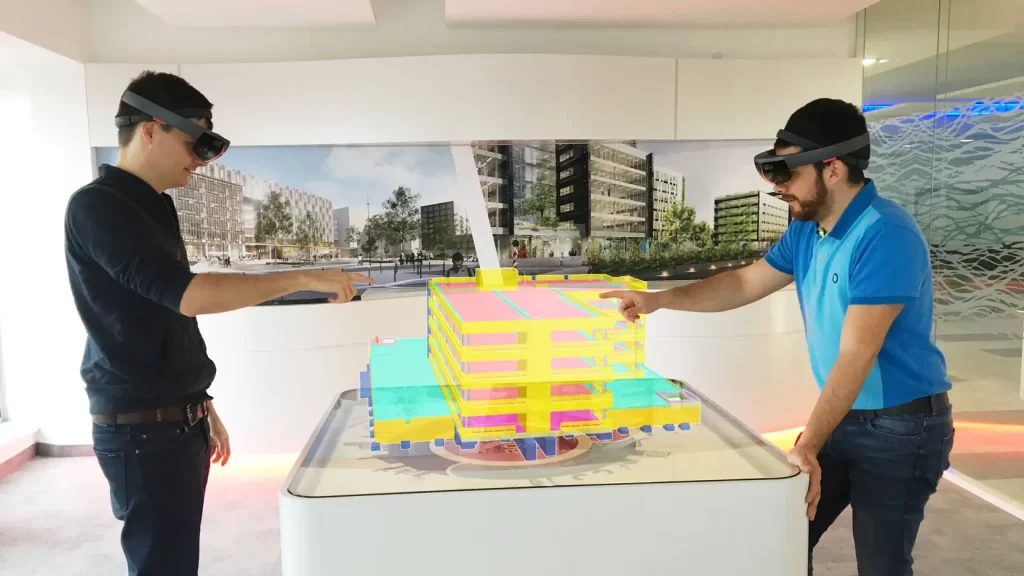
Architecture, Engineering and Construction
Common use cases: Integration with BIM process, project management, control, monitoring and audits, architectural preview, virtual tours.
Benefits: Increased customer and investor engagement, risk and accident reduction, real time monitoring, increased productivity, reduced construction time, reduced damage to equipment and machinery, remote and real time information sharing.
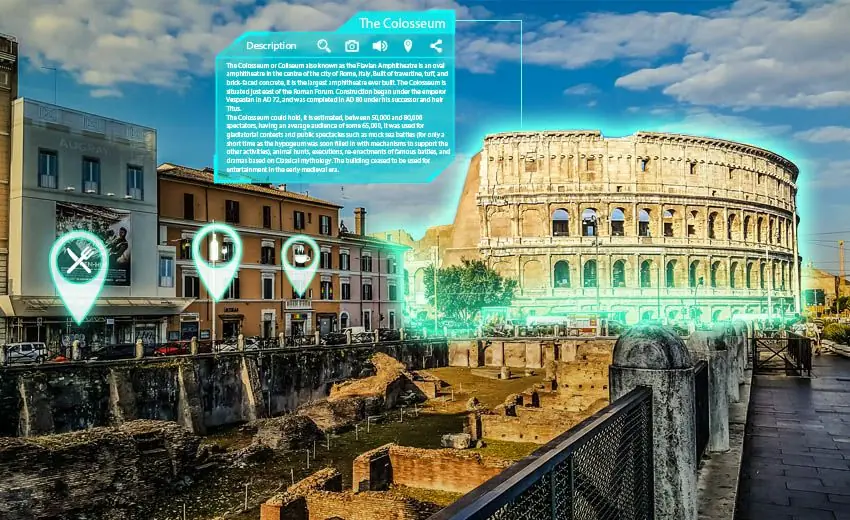
Tourism
Common use cases: Hospitality, vacation tours and virtual guides.
Benefits: Increased customer engagement, increased sales, cutting-edge marketing methodologies, attracting investors, and competitive advantage.
Start using 3D technology, virtual reality, augmented reality and digital twins.
Contact us to request a free demo and start creating first class experiences.
"*" indicates required fields


